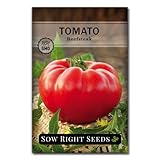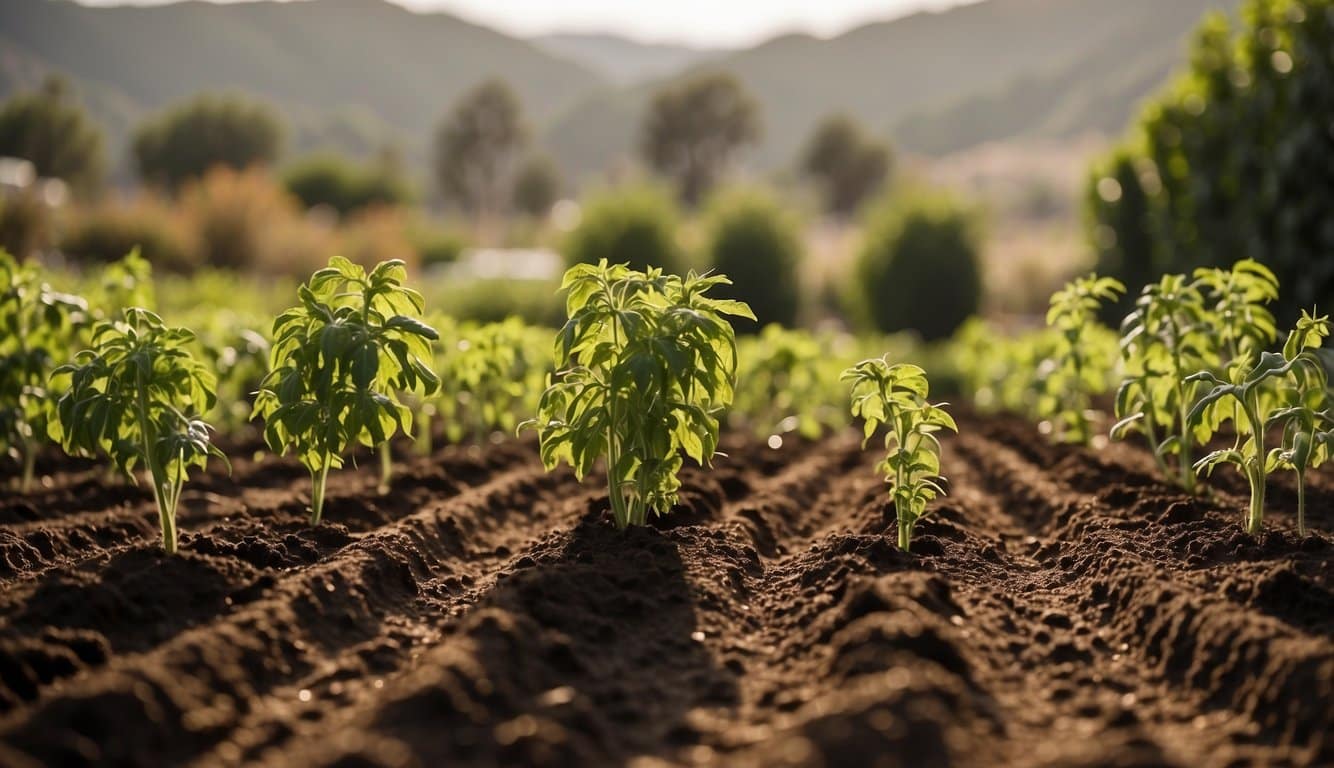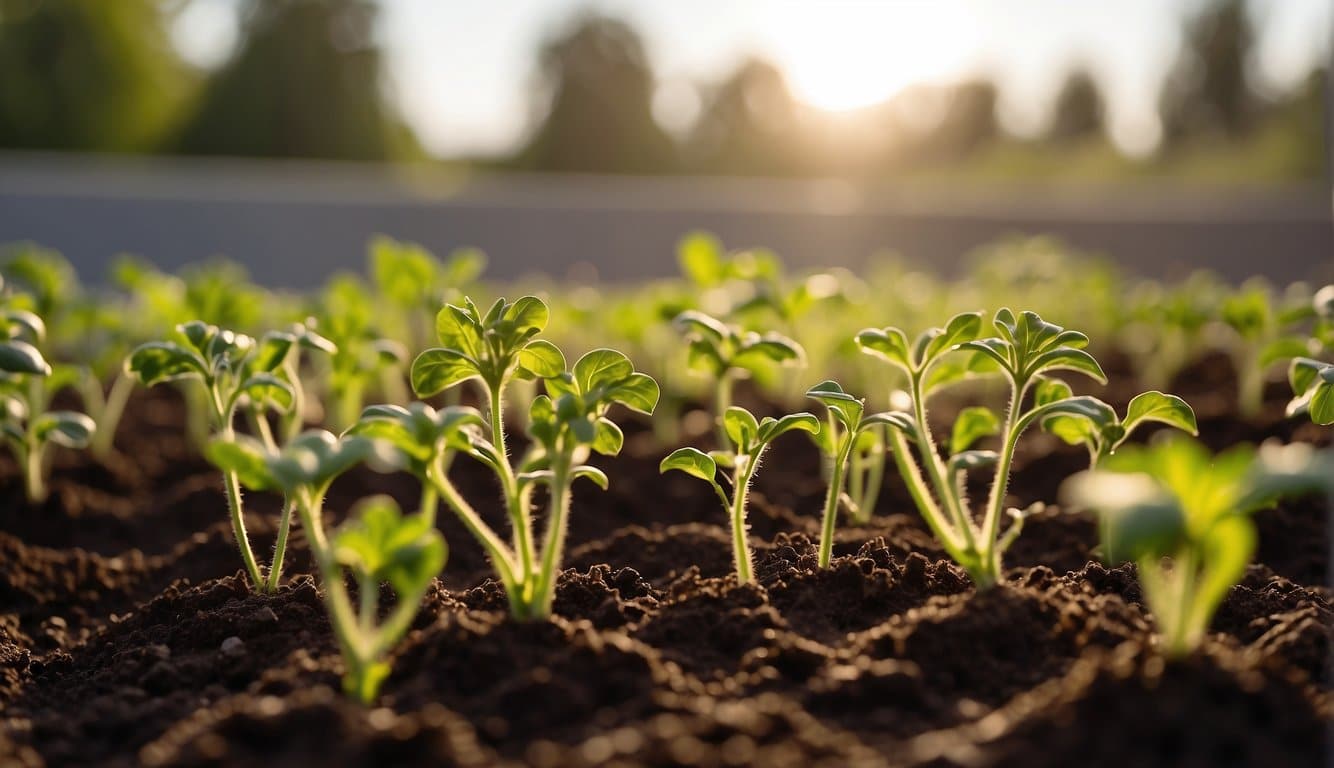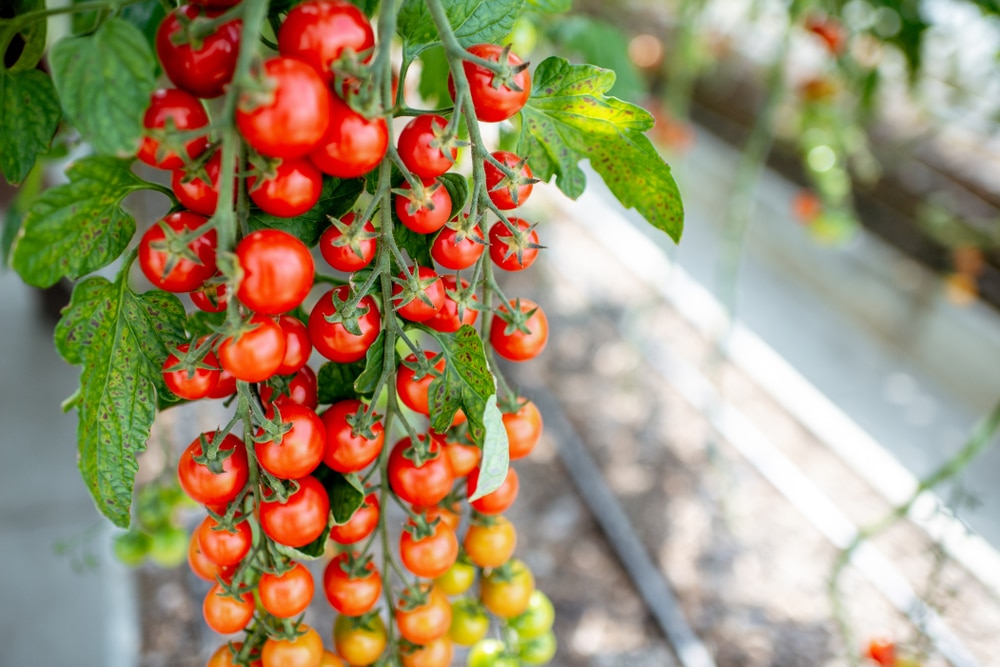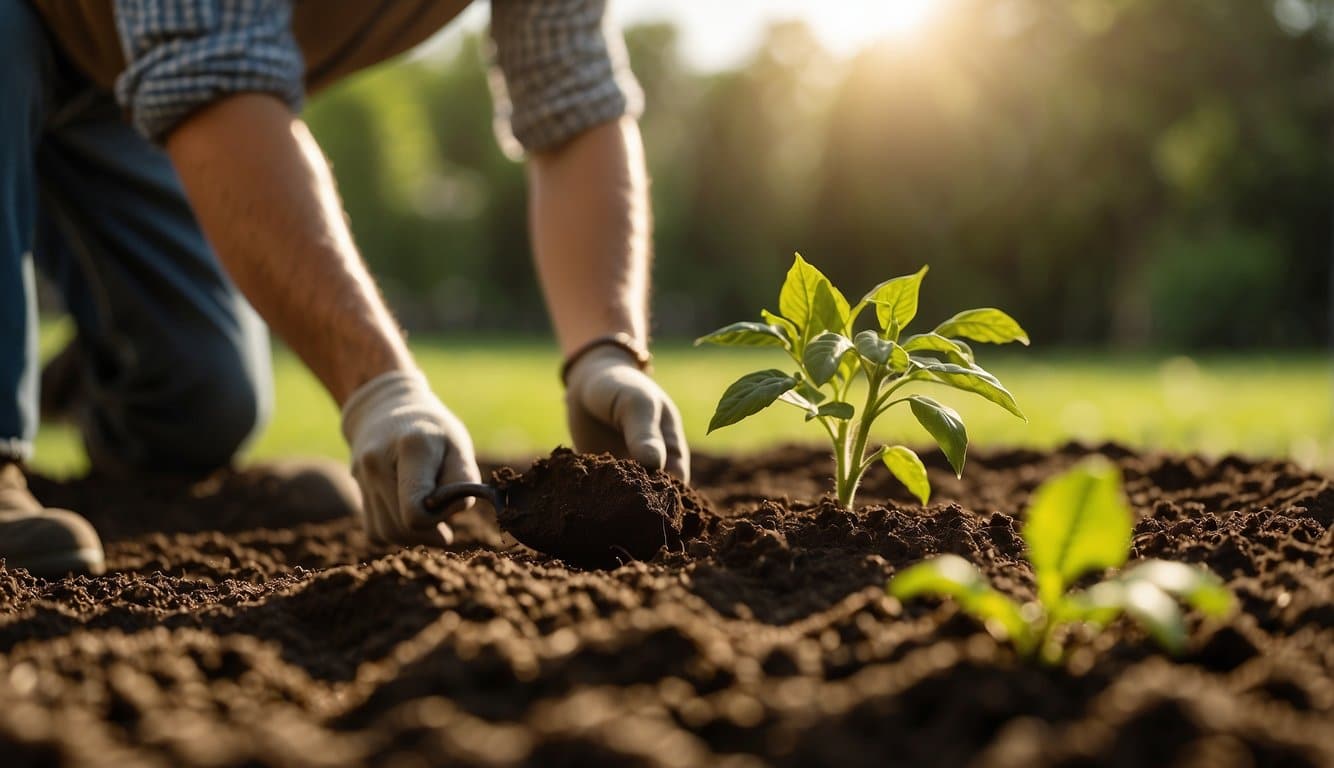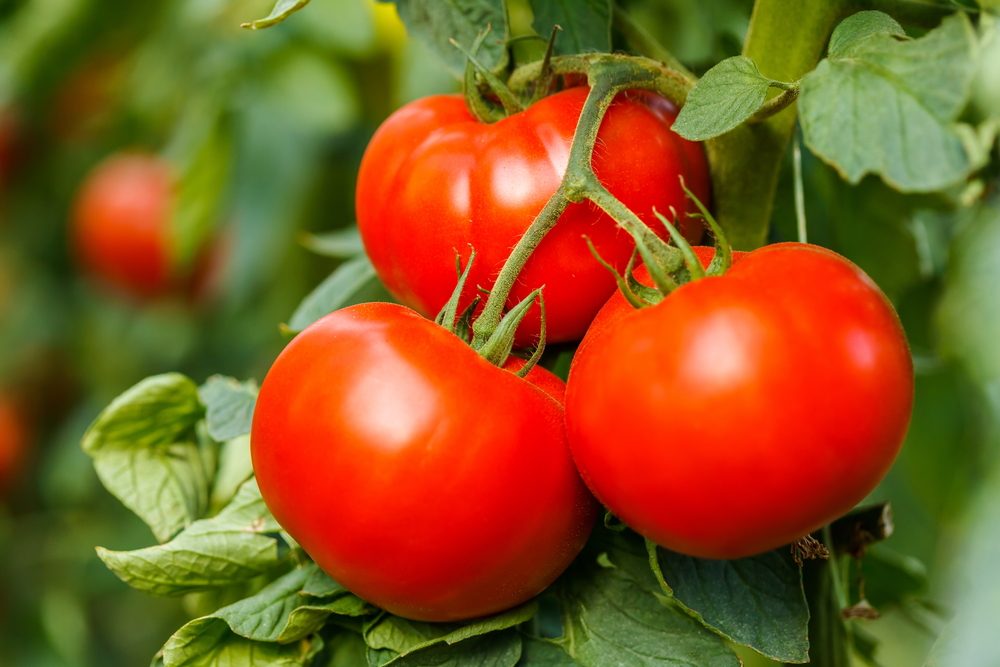| Question | What’s the best time of year to plant tomatoes in LA County? |
|---|---|
| Answer | Early spring (Feb-Mar) and late summer (Sep) for two harvests. |
| More Info |
|
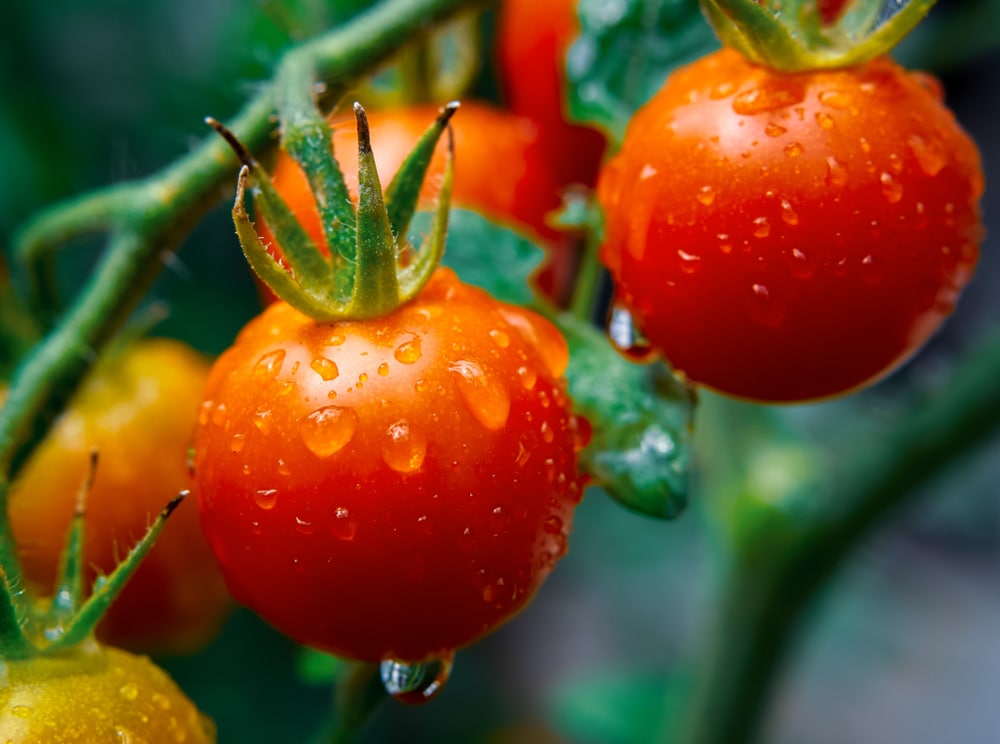
In Los Angeles County, California, the mild climate allows for a flexible tomato planting schedule. Gardeners can start planting tomatoes as early as February and March for early summer harvests.
For those looking to avoid the peak summer heat, which can stress plants and affect fruit set, a second planting window is available in late summer to early fall, around September. This timing takes advantage of the warm fall weather, extending the harvesting period into late fall or even early winter in some years.
Starting seeds indoors is not typically necessary due to the mild winters, but for early spring planting, starting indoors in January can give seedlings a head start.
Tomato Planting in LA County: 101
Tomatoes are a popular and easy-to-grow crop in LA County. They are a warm-weather crop that requires plenty of sunlight and warmth to thrive.
Planting tomato seeds at the right time is essential to ensure a healthy and bountiful harvest.
The best time to plant tomatoes in LA County is between March 15 and the Fourth of July.
When planting tomatoes, it is important to choose a sunny location with well-draining soil.
Tomatoes prefer a slightly acidic soil with a pH between 6.0 and 6.8. Adding compost or aged manure to the soil before planting can improve soil fertility and drainage.
Additionally, it is important to provide support for tomato plants as they grow. Staking or caging can help keep the plants upright and prevent them from sprawling on the ground.
Proper watering and fertilization are also key to a successful tomato crop.
Optimal Planting Times
When it comes to planting tomatoes in LA County, it is important to understand the climate zones, average last frost dates, and the best months for planting.
By taking these factors into account, gardeners can ensure that their tomato plants grow strong and healthy.
Understanding LA County’s Climate Zones
LA County is divided into 24 different climate zones, each with its own unique characteristics.
These zones are based on factors such as temperature, rainfall, and elevation.
To determine which climate zone you are in, consult the USDA Plant Hardiness Zone Map or the Sunset Western Garden Book.
Average Last Frost Dates
The average last frost date in LA County varies depending on the location and elevation.
In general, the coastal areas have milder temperatures and earlier last frost dates, while inland areas have colder temperatures and later last frost dates.
For example, the last frost date in downtown LA is around February 15th, while in the San Fernando Valley it is around March 15th.
Best Months for Planting Tomatoes
The best months for planting tomatoes in LA County are between March and June.
During this time, the weather is warm enough to encourage growth, but not so hot that the plants will wilt.
It is important to avoid planting tomatoes too early, as they can be damaged by frost, and too late, as they may not have enough time to mature before the first frost of the season.
Preparing for Planting
Soil Preparation
Before planting tomatoes, it is essential to prepare the soil correctly.
The soil should be well-draining, fertile, and rich in organic matter. The ideal pH level for growing tomatoes is between 6.0 and 7.0.
If the soil is too acidic or alkaline, it can affect the plant’s growth and yield. A soil test can help determine the pH level and nutrient content of the soil.
If the pH level is too low, adding lime can help raise it. On the other hand, if the pH level is too high, adding sulfur can help lower it.
Tomato Variety Selection
Choosing the right tomato variety is crucial for a successful harvest.
Some varieties are better suited for the Los Angeles climate than others.
For instance, determinate varieties, such as Celebrity and Roma, are ideal for small gardens or containers, while indeterminate varieties, such as Brandywine and Cherokee Purple, are better suited for larger gardens.
It is also essential to select varieties that are resistant to common tomato diseases, such as Fusarium Wilt and Verticillium Wilt.
Seed Starting Indoors
Starting tomato seeds indoors can give them a head start and increase the chances of a successful harvest.
Seeds can be started indoors six to eight weeks before the last expected frost date.
To start seeds, fill a seed tray with a sterile seed starting mix and plant the seeds about a quarter-inch deep. Keep the soil moist and warm, and the seeds should germinate in about a week.
Once the seedlings have grown their first set of true leaves, they can be transplanted into larger containers or the garden.
Planting Process
Transplanting Seedlings
When transplanting tomato seedlings, it is important to choose a sunny and well-drained location.
The ideal planting time for tomatoes in Los Angeles County is between March 15 and the Fourth of July. However, if seeds are sown more than 2 months ahead of the planting date, it is best to start sowing seeds in late April.
Tomato seedlings should be transplanted when they are about 6-8 inches tall and have at least two sets of true leaves.
Before transplanting, the seedlings should be hardened off by gradually exposing them to outdoor conditions for a few hours each day for a week. This will help them adjust to the new environment and prevent transplant shock.
Spacing and Depth Guidelines
Tomatoes should be spaced about 2-3 feet apart in rows that are 3-4 feet apart. This will provide enough space for the plants to grow and allow for proper air circulation.
When transplanting the seedlings, they should be planted deep enough so that the soil covers the bottom set of leaves. This will encourage the plant to develop a strong root system and promote healthy growth.
It is important to water the plants immediately after transplanting and to keep the soil moist but not waterlogged. Adding a layer of mulch around the plants will help retain moisture and suppress weeds.
Post-Planting Care
After planting tomatoes in LA County, it is important to take care of them properly to ensure a healthy and fruitful harvest. Here are some essential post-planting care tips to follow.
Watering Requirements
Tomatoes require consistent watering to thrive.
Watering should be done deeply and regularly, especially during hot weather.
It is recommended to water tomato plants at least once a week, but during hot weather, they may require watering every other day.
Overwatering should be avoided, as it can lead to root rot and other diseases.
Mulching and Fertilization
Mulching is an excellent way to conserve moisture and control weeds around tomato plants. It also helps to maintain a consistent soil temperature.
Organic mulch such as straw, leaves, or grass clippings can be used.
Fertilization is also important to provide the necessary nutrients for the plants to grow.
A balanced fertilizer with equal parts of nitrogen, phosphorus, and potassium is recommended. Fertilizer should be applied every 3-4 weeks during the growing season.
Pest and Disease Management
Tomatoes are susceptible to various pests and diseases, including aphids, whiteflies, and blight.
To prevent these issues, it is important to keep the plants healthy and stress-free.
Regularly inspecting the plants and removing any diseased leaves or fruits can help prevent the spread of disease.
Insecticidal soap or neem oil can be used to control pests.
Additionally, planting companion plants such as marigolds can help to repel pests naturally.
Frequently Asked Questions
What is the optimal month for planting tomatoes in Southern California?
The optimal month for planting tomatoes in Southern California is between March and April.
This is because the weather is warm enough and the soil has started to warm up, which is essential for the growth of tomato plants. Planting tomatoes during this period ensures that the plants have enough time to mature before the summer heat sets in.
How does the winter season affect tomato planting in LA County?
The winter season in LA County can be challenging for tomato planting because of the frost that frequently strikes gardens.
Tomato plants are not frost-hardy, and therefore, the planting time should always be after the danger of frost has passed.
It is advisable to start sowing tomato seeds indoors in late April, and then transplant them outside after the danger of frost has passed.
What are the best tomato varieties for Southern California gardens?
The best tomato varieties for Southern California gardens are those that are tolerant of high temperatures and can withstand the heat of the summer.
Some of the best varieties include cherry tomatoes, beefsteak tomatoes, and heirloom tomatoes. These varieties produce good yields and are resistant to common tomato diseases.
Is it possible to cultivate tomatoes throughout the year in Southern California?
It is possible to cultivate tomatoes throughout the year in Southern California, but it requires careful planning and management.
Tomatoes are warm-season crops, and they require warm temperatures to grow and produce fruit.
In Southern California, it is possible to grow tomatoes in the winter by using greenhouse or indoor hydroponic systems.
When is the ideal time to sow tomato seeds in Southern California?
The ideal time to sow tomato seeds in Southern California is between late April and early May.
This is because the soil has warmed up, and the danger of frost has passed.
Starting tomato seeds indoors in late April is also advisable, as it gives the plants enough time to mature before transplanting them outside.
How frequently should tomato plants be watered in the Los Angeles climate?
Tomato plants in the Los Angeles climate should be watered at least once a week, or more frequently during hot and dry weather.
It is essential to water tomato plants deeply, as they have deep roots that require sufficient water to grow and produce fruit. Overwatering should be avoided, as it can lead to root rot and other fungal diseases.
Last update on 2025-06-06 / Affiliate links / Images from Amazon Product Advertising API
